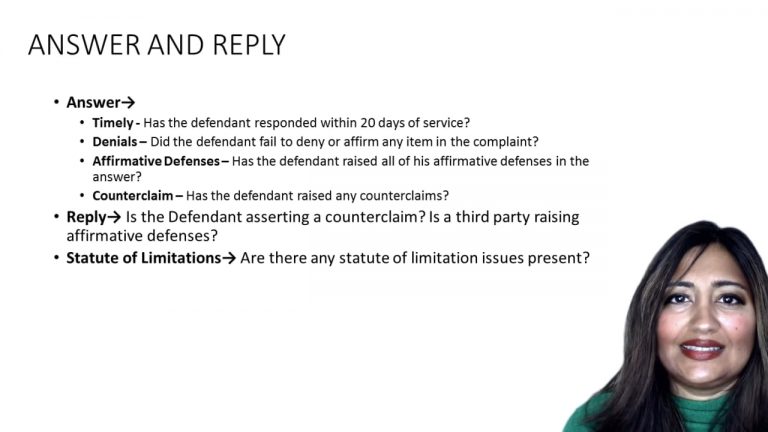Civil Procedure Keyed to Yeazell
Ashcroft v. Iqbal

ProfessorBrittany L. Raposa
CaseCast™ – "What you need to know"
Facts
JavaidIqbal (P) who is a Muslim and a Pakistani citizen was arrested by federal officials on charges of criminal activity, and detained after the terrorist attack on 9/11. He filed a case against them in a federal court on the ground that he was not allowed to exercise his constitutional rights during his confinement, because of his race, religion and country of origin. The complaint specifically named the former U.S. Attorney General John Ashcroft (D) and FBI Director Robert Mueller (D) as well as others. Ashcroft (D) and Mueller (D) moved court to throw out the case as facially insufficient, and also defended their actions on the ground of qualified immunity since they were holding office at the time of the incident. The motion was not granted by the district court, and they filed an interlocutory appeal in the Second Circuit Court of Appeals. This was affirmed, and the U.S. Supreme Court granted a writ for judicial review of the lower court’s decision.
Only StudyBuddy Pro offers the complete Case Brief Anatomy*
Access the most important case brief elements for optimal case understanding.
*Case Brief Anatomy includes: Brief Prologue, Complete Case Brief, Brief Epilogue
- The Brief Prologue provides necessary case brief introductory information and includes:
Topic:
Identifies the topic of law and where this case fits within your course outline.Parties:
Identifies the cast of characters involved in the case.Procedural Posture & History:
Shares the case history with how lower courts have ruled on the matter.Case Key Terms, Acts, Doctrines, etc.:
A case specific Legal Term Dictionary.Case Doctrines, Acts, Statutes, Amendments and Treatises:
Identifies and Defines Legal Authority used in this case.
- The Case Brief is the complete case summarized and authored in the traditional Law School I.R.A.C. format. The Pro case brief includes:
Brief Facts:
A Synopsis of the Facts of the case.Rule of Law:
Identifies the Legal Principle the Court used in deciding the case.Facts:
What are the factual circumstances that gave rise to the civil or criminal case? What is the relationship of the Parties that are involved in the case.Issue(s):
Lists the Questions of Law that are raised by the Facts of the case.Holding:
Shares the Court's answer to the legal questions raised in the issue.Concurring / Dissenting Opinions:
Includes valuable concurring or dissenting opinions and their key points.Reasoning and Analysis:
Identifies the chain of argument(s) which led the judges to rule as they did.
- The Brief Prologue closes the case brief with important forward-looking discussion and includes:
Policy:
Identifies the Policy if any that has been established by the case.Court Direction:
Shares where the Court went from here for this case.
Topic Resources

 9m 26s
9m 26s